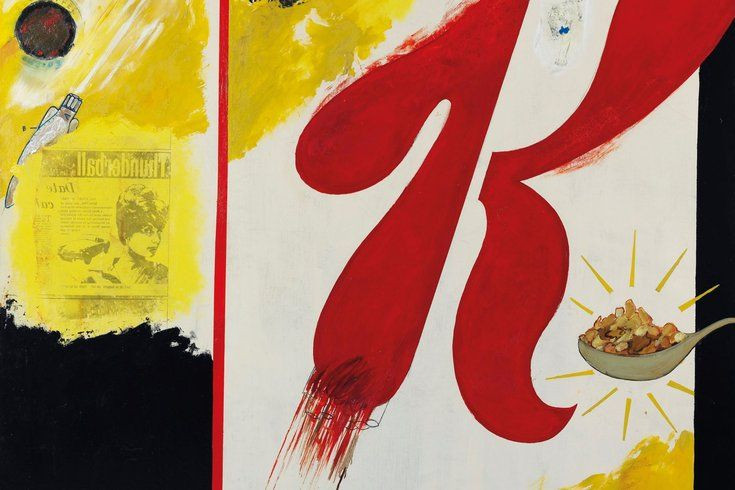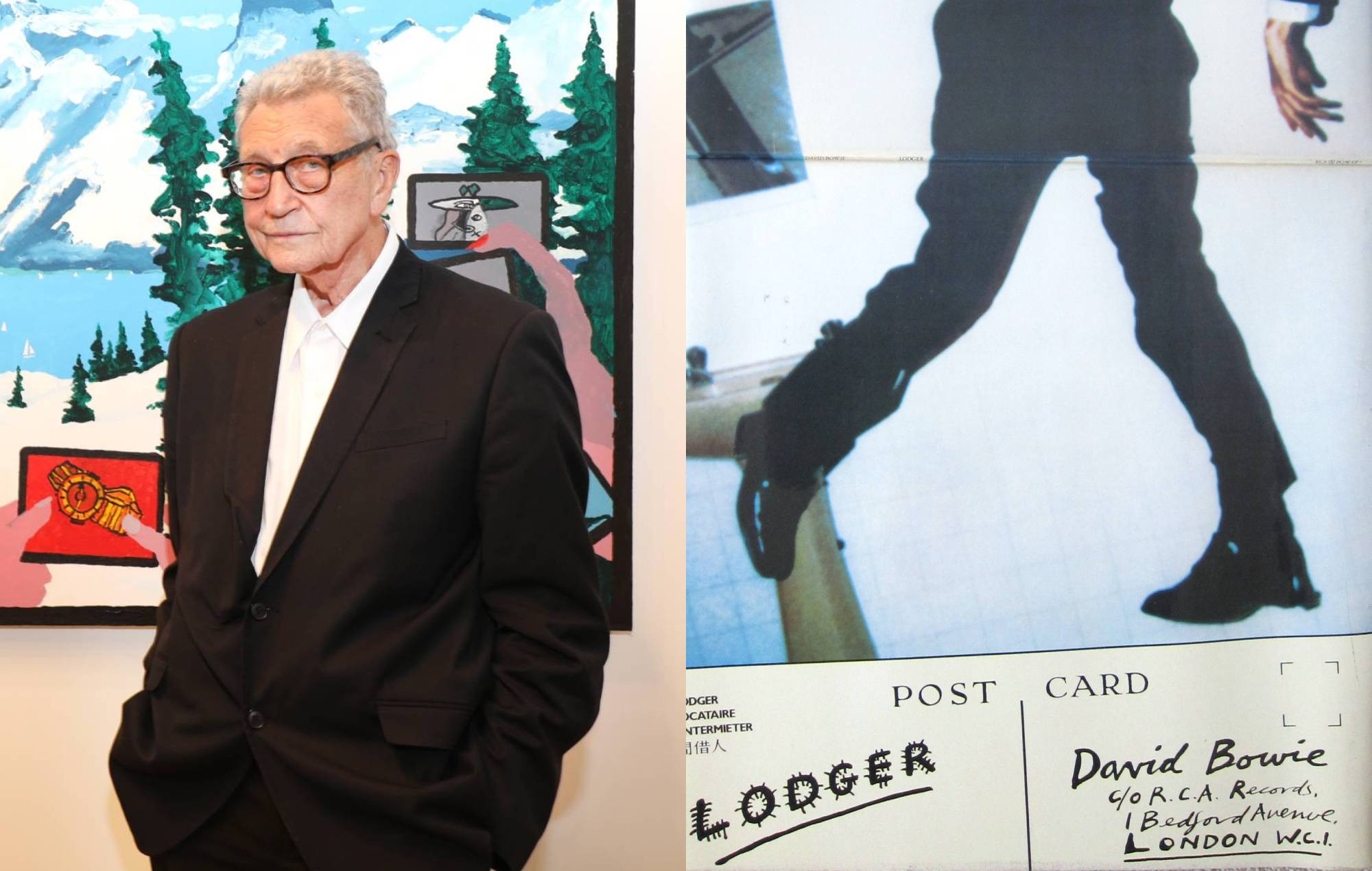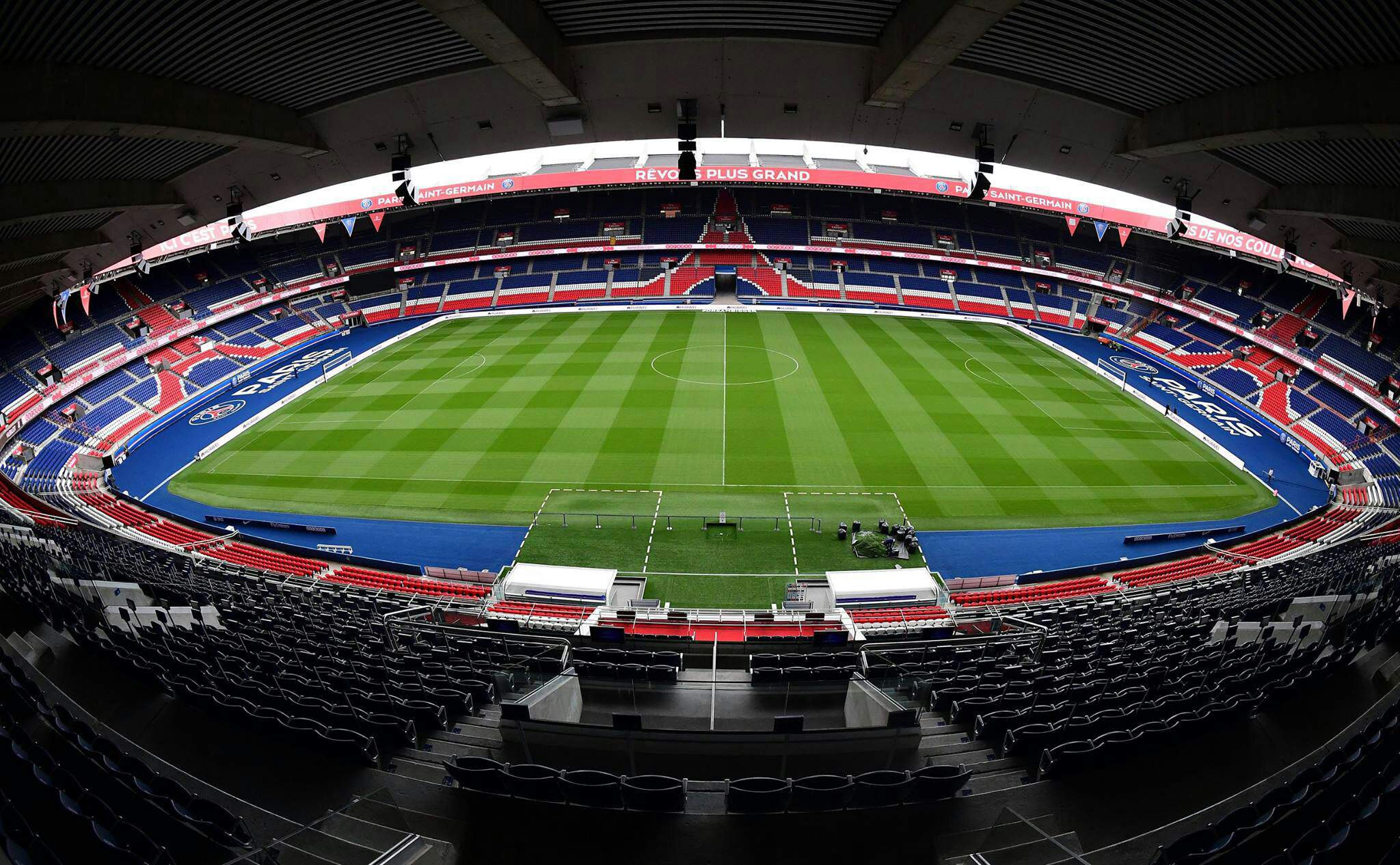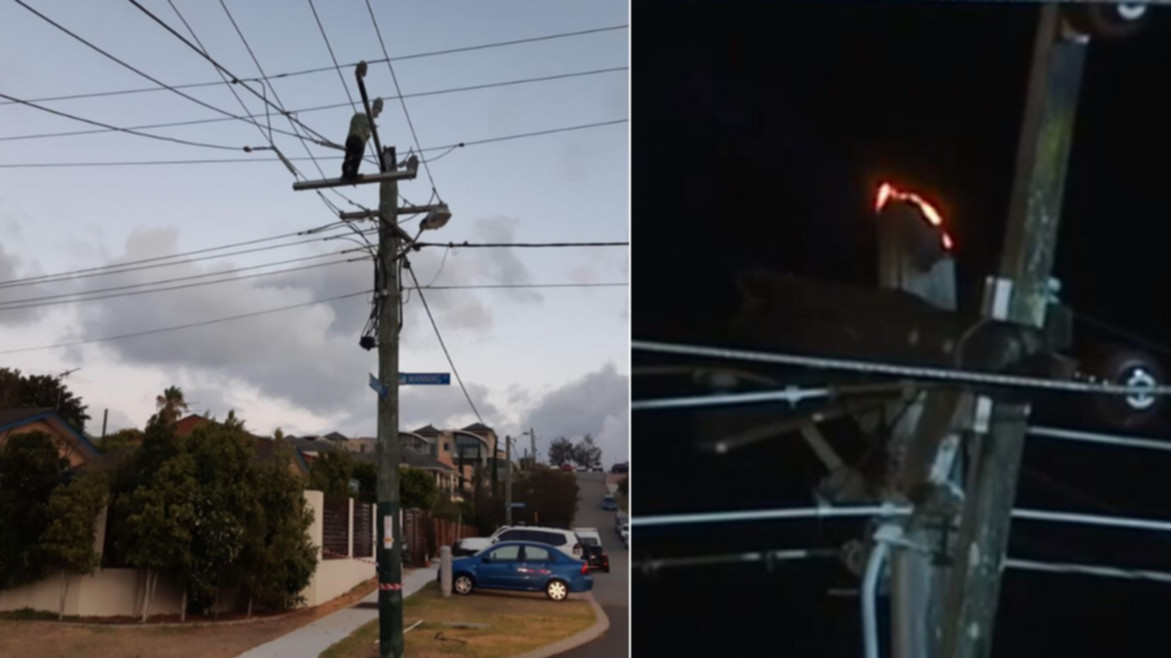One of the pioneers of British pop art, who said attending art school in Yeovil was life-changing, has died. The talent and influence of Derek Boshier were recognized by high-profile cultural figures, including David Bowie, David Hockney, and The Clash.
Despite being known as a pioneering member of the British pop art movement, Boshier saw himself more as a “populist artist”, using his working-class background to inspire socio-political commentary in his art.
After making waves on the UK pop art scene throughout the 1970s and ‘80s, he moved to the US, where he lived for more than 40 years until his death at the age of 87.
Born on 6 June 1937 in Portsmouth, he spent his teenage years in Dorset and attended grammar school after passing his 11-plus exams, much to his teachers’ surprise. After initially considering a career as a butcher, he attended art school in Yeovil, which, he said, changed his life.
He later applied to London’s prestigious Royal College of Art and was accepted alongside other famous contemporary faces, such as Allen Jones, Peter Phillips, and David Hockney.
Boshier was established as one of the forerunners of the pop art scene following his appearance in a 1962 documentary, filmed while he was still at the Royal College, called Pop Goes The Easel – alongside others such as Peter Blake and Pauline Boty. That same year, he took part in the Young Contemporaries exhibition, which pushed the art form into the public eye.
Despite his roots in the pop art world, Boshier did not class himself as a pop artist.
“That was a period of my work, although that has affected all my work for the last 60 years. I’m a populist artist,” he told the PA news agency in a 2022 interview before his death.
During the early 1970s, Boshier taught at the Central School of Art and Design, where one of his pupils was John Mellor, later known as Joe Strummer, of The Clash.
This led to Boshier designing The Clash’s second songbook, which included a collection of drawings and paintings released in conjunction with their famous 1978 album, Give ‘Em Enough Rope.
A Shift Beyond Pop
A major breakthrough came in 1979 with his groundbreaking Lives, an exhibition of artists whose work is based on other people’s lives.
It was this exhibition that caught the attention of Bowie, who asked famous portrait photographer Brian Duffy to introduce them – beginning a friendship that would last the next 37 years.
Boshier designed cover art for Bowie’s seminal albums Lodger and Let’s Dance, also designing the inner gatefold for the latter.
Unbound by Labels
In Ken Russell’s 1962 documentary Pop Goes the Easel, a quartet of young British artists are filmed dabbling in popular culture: they buy comics at a street market, ride dodgems, dance the twist. One, tall, blond and in a neatly pressed shirt and tie, pours milk into a bowl of cornflakes. “That’s where the infiltration of American culture begins,” he says, gloomily. “At breakfast.” This was Derek Boshier, who has died aged 87.
Boshier was then 24, and in his last year as a graduate student at the Royal College of Art in London. Among his contemporaries were RB Kitaj, Patrick Caulfield and David Hockney. The RCA class of ’62 would define second-generation British pop art. Where Richard Hamilton’s 1956 show This Is Tomorrow had celebrated consumerism, these younger artists would cast a more critical eye. In the days of Aldermaston and civil rights marches, that eye would also often be anti-American.
Thus Boshier’s 1961 painting Special K. Featuring Kellogg’s trademark letter about to gobble up a spoonful of cereal, the canvas is less jolly than it looks. To one side are shadowy newspaper headlines and an intercontinental ballistic missile; the red of the K’s left leg is smeared, as if bloody. A year later, Boshier would paint England’s Glory, the depiction of a box of the eponymous matches with an American flag creeping across it. Nelson’s exhortation to his men to do their duty is pushed aside by an image of Yogi bear.
Boshier’s concern with the Americanisation of British culture may have come from his father. Walter Boshier served in the Royal Navy for 28 years, and was absent for most of his son’s Portsmouth childhood. After the second world war, he and his wife, Winifred (nee Harvey), moved to Sherborne in Dorset, where Walter worked as a school caretaker and Derek went to primary school. A poor student, he surprised his headteacher by passing the 11-plus. (“He said he thought my name had got on the list by mistake,” Boshier claimed later.)
This allowed him to go to grammar school and then to the Yeovil School of Art (1953-57) for a national diploma in design. Studying part-time at Guildford College of Art while doing his national service, he went to the Royal College in 1959.
With Hockney and the rest, Boshier was an RCA star. What he did next, though, was typically unpredictable. Rather than applying for a travel grant to New York or Paris, he went instead to Calcutta (now Kolkata). After a year there, he returned to London to paint shaped canvases that married pop to hard-edged abstraction. Pop artists were meant to produce pop art: the results, shown in the 1964 New Generation show at the Whitechapel Gallery in London, were greeted with puzzlement. Boshier’s determination not to be bound by labels or markets often dismayed his admirers. When he gave up painting for film-making in the early 1970s, he recalled, “some guy came up to me and just said, ‘You. Fucking. Traitor.’”
Underpinning all this was a belief that for an art to be truly popular, it had to use popular mediums. That pop should be in paint was not set in stone. “I’ve always shifted about,” Boshier said. “Pop was finished for me in 1962. I use the medium that best suits the idea. It’s as simple as that.” In a 2022 interview with the Press Association, he said: “It was a period of my work. I’m not a pop artist. I’m a populist artist.”
Art That Reached Beyond the Gallery Walls
This belief also underlay his engagement with musicians. In 1979, Boshier curated a show called Lives at the Hayward Gallery. This caused alarm among critics by including the work of non-fine artists such as cartoonists and stamp designers, but it also caught the eye of David Bowie.
Bowie asked the photographer Brian Duffy to introduce him to Boshier. The two would be friends until the musician’s death in 2016, Boshier designing the cover to his 1979 album, Lodger, which shows Bowie having apparently fallen from height to a floor. Both men were fascinated by the figure of Icarus.
Boshier also made work for the Clash, its founder and lead vocalist, Joe Strummer, having been taught by him at the Central School of Art in the early 70s. Having not seen his ex-student since, Boshier bumped into him in Oxford Street in 1978, hailing him by his old nickname of Woody. “He dragged me into a shoe shop and hissed, ‘I’m not called that any more’,” a laughing Boshier remembered.
Strummer invited him to design the group’s second songbook – which published the group’s lyrics and pictures – later that year. “What excited me about working with David [Bowie] and the Clash was that I was able to make work that reached out beyond the art world, to the world that my subject matter came from,” Boshier said.
A Life Embracing New Horizons
Despite his earlier antipathy to the US, he was to spend half of his life there. In 1980, he took a one-semester teaching job at the University of Houston. He would stay in Texas for 13 years. Like his RCA contemporary and friend Hockney, he would end up in Los Angeles, and spent his last two decades in the city.
As before, his art constantly reinvented itself, dotting back and forth between mediums. Having returned to painting in the 90s, he went back to film-making in 2016, with works such as the documentary I Never Knew the World Was So Beautiful (2019). His last show of paintings, a series called Strange Lands, was held at the Los Angeles Night Gallery in April. Featuring zombies and centaurs, these married abstract shapes to details from El Lissitzky and Brueghel.
Boshier claimed that the strongest influence on his art and life had been his working-class roots. “I’ve learned a lot from that and I’m proud of being working class,” he said. He also remained unabashedly English, retaining his British citizenship while living in the US.
“I spent my teenage years in Sherborne, Dorset, surrounded by beautiful village names such as Bradford Abbas and my favourite, Ryme Intrinseca,” he told the Oldie magazine, weeks before his death. “The first thing I do when arriving in London from Los Angeles is to buy a pork pie.” In 2016, he was made an honorary fellow of the Royal College of Art.
Boshier’s first marriage, to the Colombian artist Patricia Gonzalez, ended in divorce. Their two daughters, Rosa and Lily, survive him, as does his second wife, Thelma Gaskell.
Derek Boshier, artist, born 6 June 1937; died 5 September 2024


















